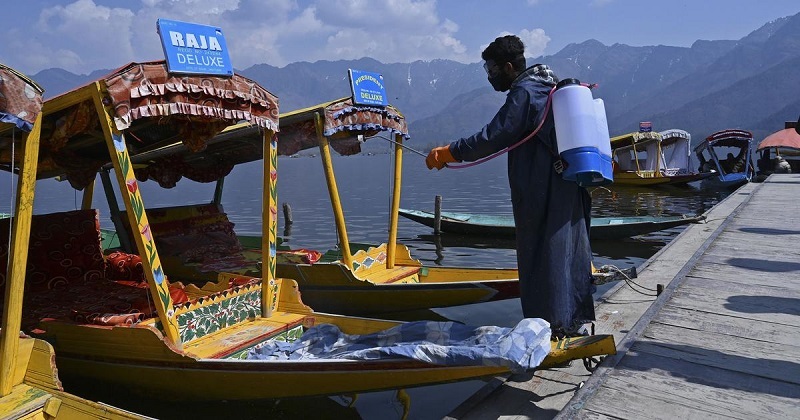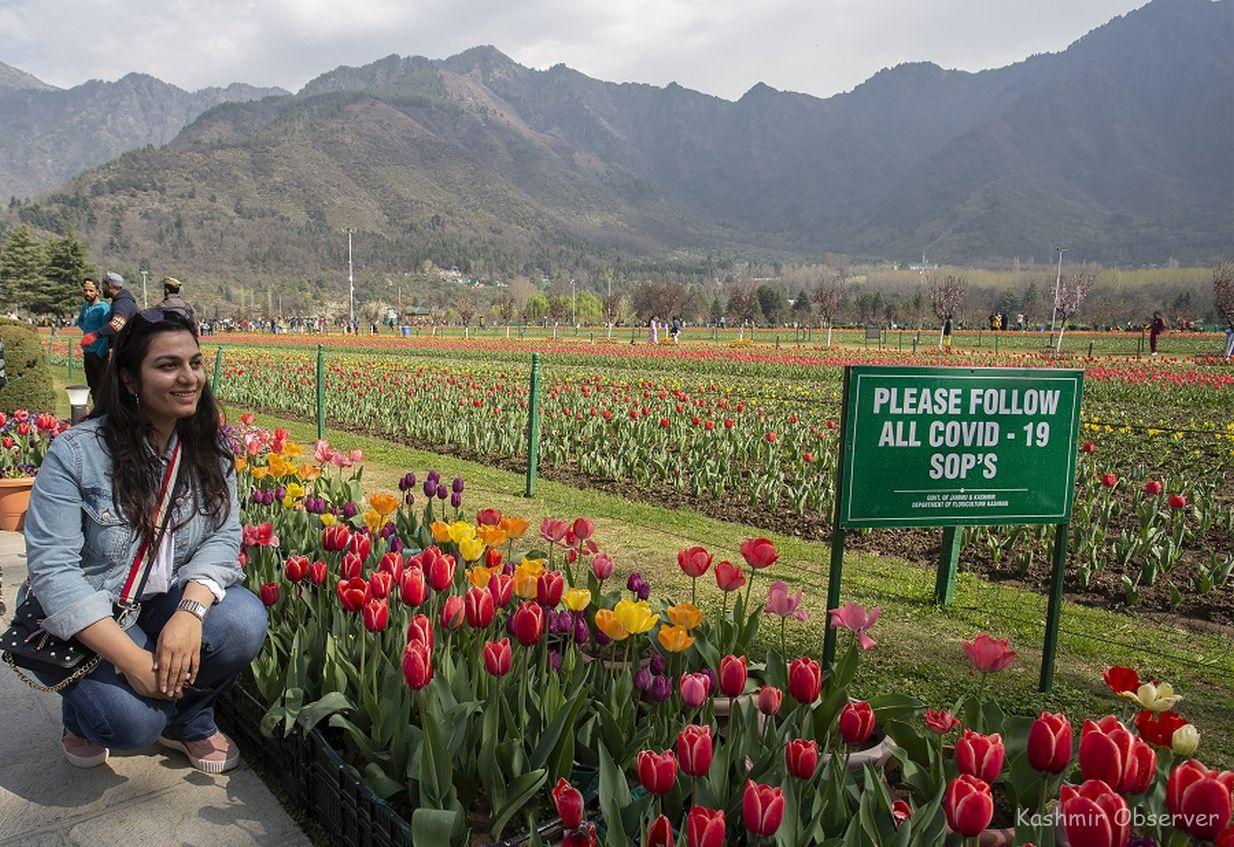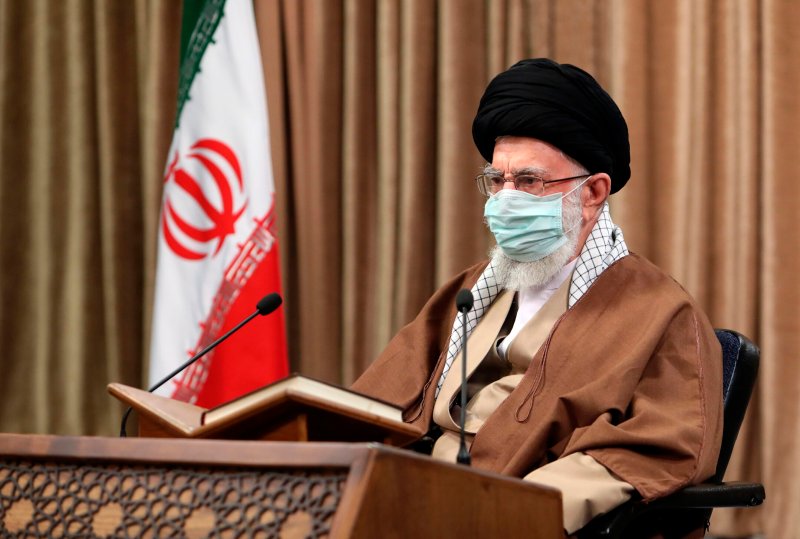
JAMMU and Kashmir has witnessed an unprecedented spike in Covid-19 cases since the past two weeks. Yesterday, the Union territory recorded a total of 1086 cases and 5 Covid-19 related deaths. Of all the districts in the region, Srinagar has had the highest number of cases and is also the district that hosts tourists as they arrive.
The rising covid-19 cases has a contender in numbers— the rising number of tourists that have arrived in Kashmir since the abrogation of Article 370. Kashmir has hosted about 1 Lakh tourists since December alone. What has given a tough time to covid-19 in making the news is the “news-worthy” arrival of popular faces from the Indian entertainment industry. Additionally, tulips are being touted as the panacea to the pandemic. In only the first week after being opened to the public, Kashmir’s tulip garden hosted over 50,000 visitors.
Additionally, mega events are being organised even as Kashmir is at war with the second wave. These events have interestingly invited criticism especially the infamous fashion show that was recently organised in SKICC. People on each side of the debate are busy weighing the merits and demerits of this enterprise without sparing a thought at the sheer grotesqueness of having organised such avoidable indulgences. Schools have been closed down in Kashmir which undoubtedly is a more pressing institution than recreation, tourism and entertainment.
The contradiction in tourism and avoidable events still having the green signal from the administration is quite disappointing. But it isn’t perplexing.

Tourism as an industry isn’t merely relevant because of its economics. Its reputation is as dark as history. Through awareness of these residues of reputations, many in Kashmir are of the opinion that the administrative sanction to tourism may be an exercise in showcasing a promising picture post the Abrogation of Article 370 in 2019. “Normalcy” is a word that is relevant in this context as it has evolved in Kashmir to mean only a semblance or even a facade of the situation being normal.
Therefore, once again, the dignity of life has taken a backseat in Kashmir. What is unfortunate is that no concern is being shown by the administration towards the lives of the tourists as well; many of whom have even succumbed in Kashmir after contracting covid-19.
The government is perfectly aware of the limitations of the health care infrastructure in Kashmir. Our hospitals are already running on full capacity and our health infrastructure is poor. Can a place like Kashmir then be fit enough to host tourists and provide them safety? What infrastructural preparations has the administration made to ensure that locals don’t face the brunt of such laxity?
As far as the economic underpinnings of tourism are concerned, the government has to find a sustainable way to strike a balance between the dignity of life and the necessity of livelihood. Countries around the world have hosted people only after they’ve cleared strict medical scrutiny. We need similar strict measures in Jammu and Kashmir to ensure that we avoid more infections at all costs. The number of tourists that arrive must be regulated. Perhaps, mandatory institutional quarantine upon arrival needs to be reinstated as well. Additionally, tourist places as well as high-risk public places must also be monitored and only a certain number of people must be allowed at one time. Local crowds in public places need to be regulated as well. Incase the cases increase further, the government must think of strategic lockdowns.
However, the road ahead isn’t the one where poorly planned bans and lockdowns are hurled at people who would be at the risk of losing livelihood. Neither is stigmatising tourists the way out of the issue. Even following SOPs are only individual efforts which will ultimately prove wanting in the absence of systematic measures by the administration. The government needs to evaluate if it can risk the lives of Kashmiris as well as the tourists in the absence of ensuring access to health care for all. It also needs to proactively regulate the industry and leave no scope for complacency at any stage. This urgency is cardinal and overlooking it is likely going to prove deadly.
Views expressed in the article are the author’s own and do not necessarily represent the editorial stance of Kashmir Observer
Follow this link to join our WhatsApp group: Join Now
Be Part of Quality Journalism |
Quality journalism takes a lot of time, money and hard work to produce and despite all the hardships we still do it. Our reporters and editors are working overtime in Kashmir and beyond to cover what you care about, break big stories, and expose injustices that can change lives. Today more people are reading Kashmir Observer than ever, but only a handful are paying while advertising revenues are falling fast. |
| ACT NOW |
| MONTHLY | Rs 100 | |
| YEARLY | Rs 1000 | |
| LIFETIME | Rs 10000 | |









